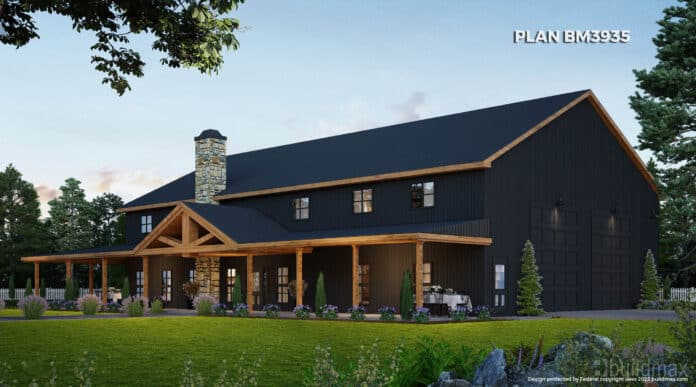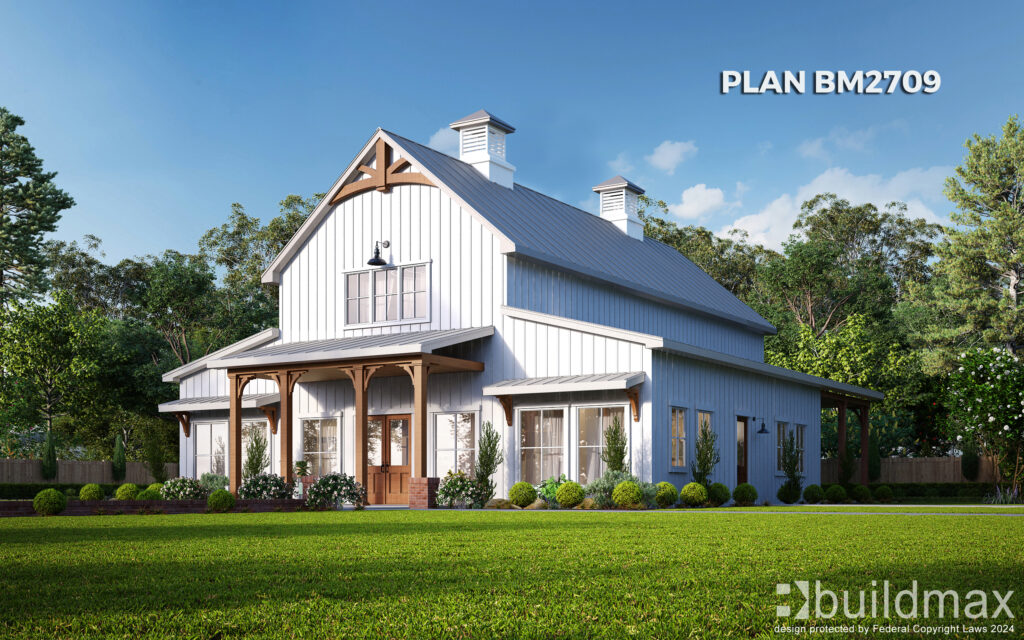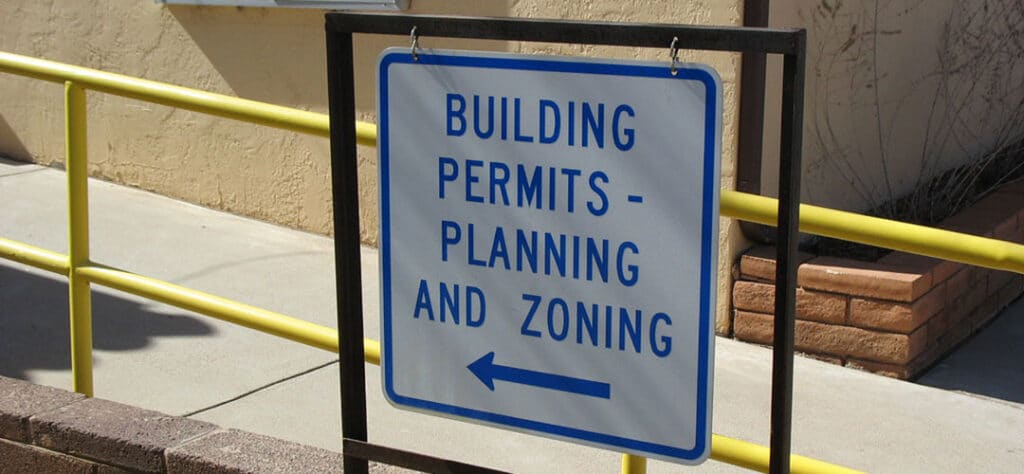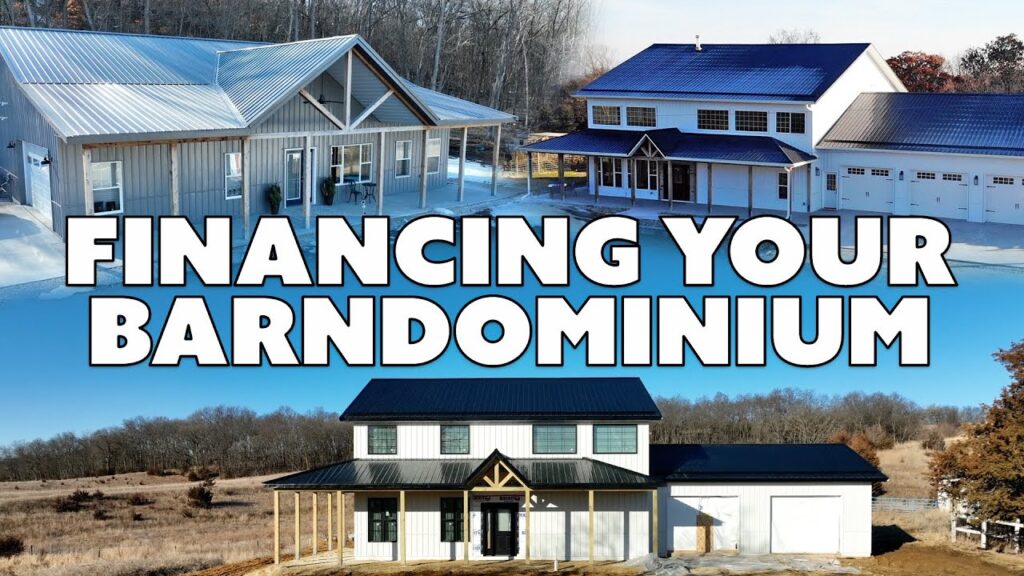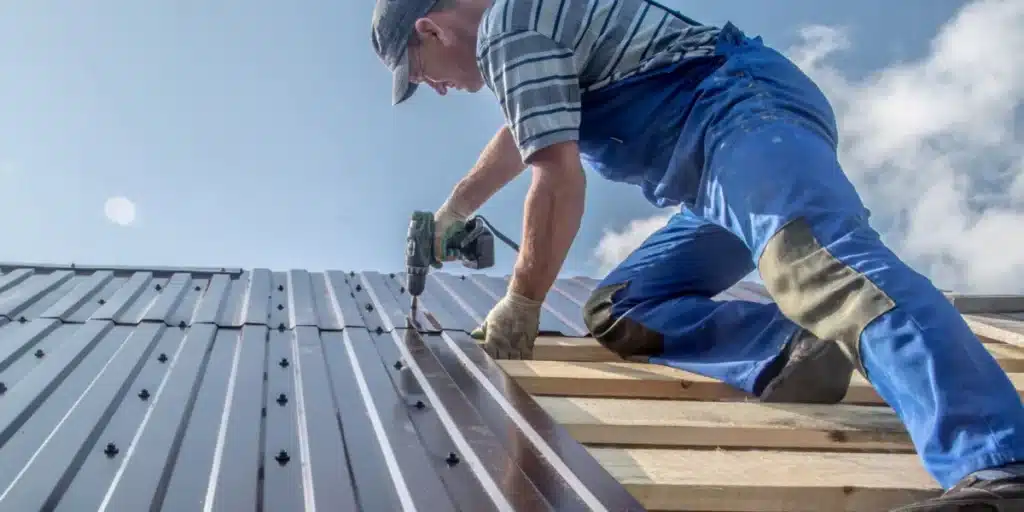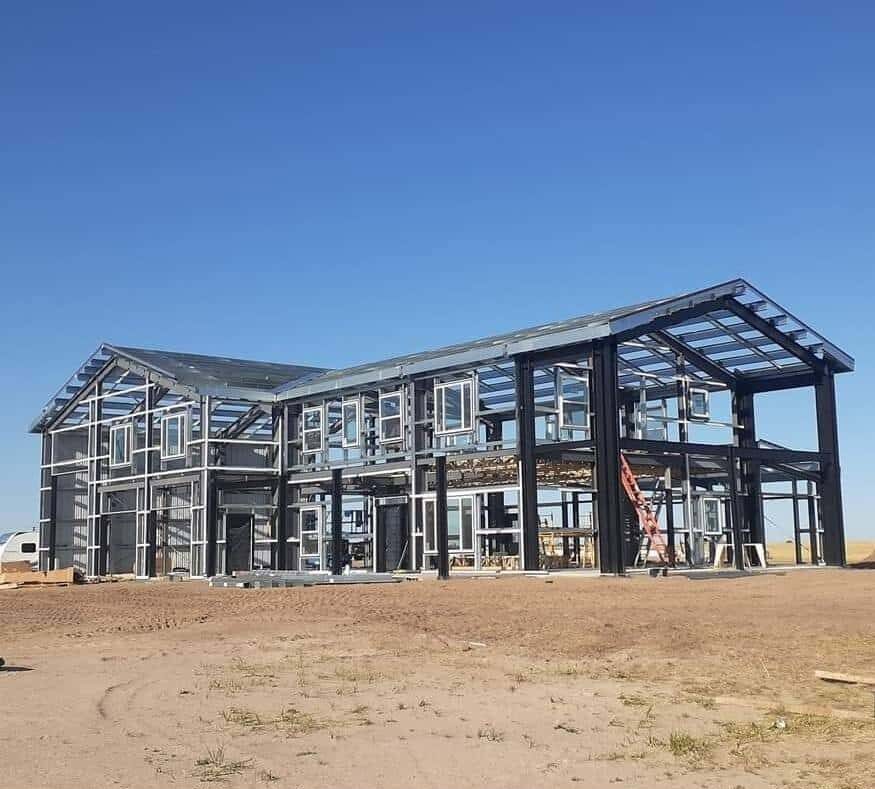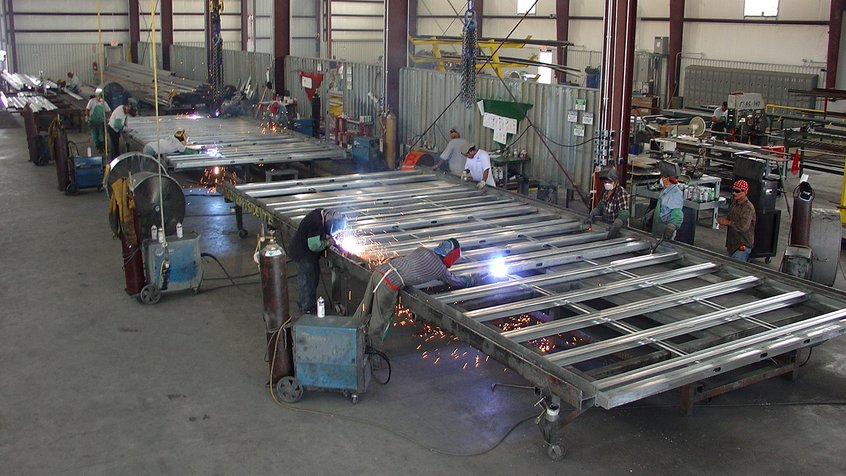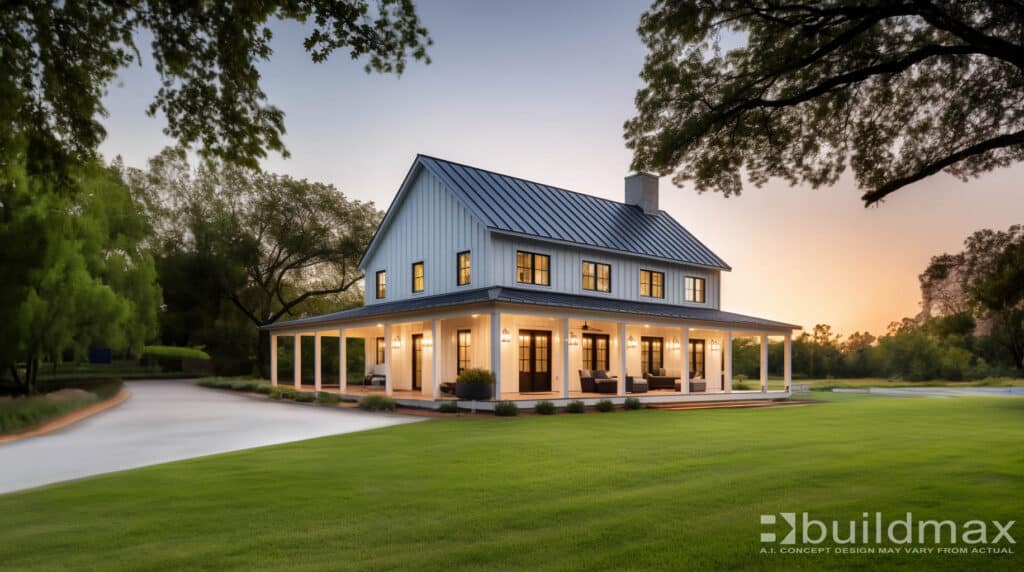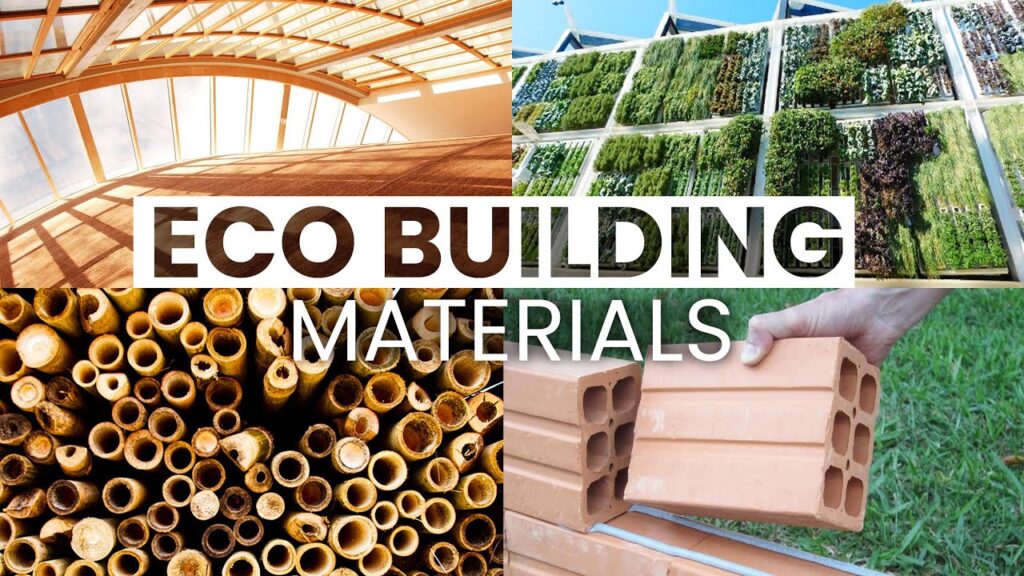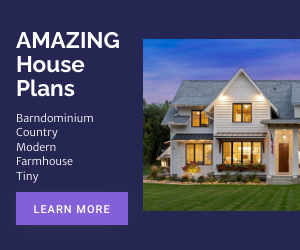What Are the Negatives of Barndominiums?
Barndominiums, a blend of barn and condominium, have garnered significant attention for their unique charm, cost-effectiveness, and versatility. However, like any housing option, barndominiums come with their own set of drawbacks that potential homeowners should consider before deciding to build or buy a barndominium. This article will explore the main reasons people might avoid barndominiums, providing a balanced view of this popular housing trend.
1. Aesthetic Limitations
Industrial Look
– **Rustic vs. Industrial**: While some people love the rustic, barn-like appearance of barndominiums, others may find the industrial look unappealing. The exterior, often featuring metal siding and roofing, can appear stark and less inviting compared to traditional homes.
– **Neighborhood Fit**: In suburban or urban areas, a barndominium might stand out and not blend well with the architectural styles of surrounding homes. This can be a concern for homeowners who value aesthetic harmony in their neighborhood.
2. Zoning and Permitting Challenges
Regulatory Hurdles
– **Zoning Laws**: Barndominiums can face challenges with local zoning laws and building codes. Some areas may not permit the construction of barndominiums, or there may be stringent regulations that complicate the approval process.
– **Permitting Delays**: Obtaining the necessary permits can be time-consuming and frustrating. Homeowners must navigate a complex web of local regulations, which can delay the start of construction.
3. Financing Difficulties
Mortgage and Loan Issues
– **Limited Financing Options**: Securing a mortgage for a barndominium can be more challenging than for a traditional home. Lenders may view barndominiums as unconventional and therefore riskier investments, leading to higher interest rates or outright refusal of loan applications.
– **Appraisal Challenges**: Accurately appraising a barndominium can be difficult due to the lack of comparable properties, which can complicate the financing process and affect resale value.
4. Resale Value and Marketability
Uncertain Market
– **Niche Market Appeal**: Barndominiums appeal to a niche market, which can make them harder to sell compared to traditional homes. Potential buyers need to appreciate the unique style and benefits of barndominium living.
– **Depreciation Concerns**: Some barndominiums may depreciate more quickly than traditional homes, particularly if they are not well-maintained or if they do not blend well with the surrounding properties.
5. Maintenance and Upkeep
Ongoing Responsibilities
– **Metal Maintenance**: While steel structures are durable, they still require maintenance to prevent rust and corrosion. Regular inspections and upkeep are necessary to maintain the structural integrity and appearance of the home.
– **Insulation and Comfort**: Metal buildings can be prone to temperature extremes. Proper insulation is crucial to maintain a comfortable interior climate, which can add to the initial construction costs and ongoing energy expenses.
6. Construction Challenges
Complexity and Expertise
– **Specialized Construction Skills**: Building a barndominium requires specialized knowledge and skills, particularly for working with metal structures. Finding contractors with the necessary expertise can be challenging and may limit your choices.
– **Customization Limitations**: While barndominiums offer a lot of flexibility in design, certain customization options may be more difficult or expensive to implement compared to traditional homes. The industrial framework can impose limitations on architectural creativity.
7. Energy Efficiency Concerns
Heating and Cooling
– **Temperature Regulation**: Metal structures can conduct heat and cold more readily than traditional building materials, leading to potential challenges in maintaining energy efficiency. Without proper insulation and HVAC systems, barndominiums can become expensive to heat in winter and cool in summer.
– **Condensation Issues**: Improper insulation can lead to condensation problems, which can affect indoor air quality and cause damage to the building materials over time.
8. Noise and Acoustics
Sound Transmission
– **Noise Levels**: Metal buildings can have poor acoustic properties, leading to higher levels of noise transmission. This can be a problem for those who value a quiet living environment. Soundproofing measures can be implemented but at an additional cost.
Conclusion
While barndominiums offer many advantages, including cost-effectiveness, durability, and unique design, they also come with several drawbacks that potential homeowners should carefully consider. Aesthetic limitations, zoning and permitting challenges, financing difficulties, uncertain resale value, maintenance requirements, construction complexities, energy efficiency concerns, and noise issues are all factors that might deter some individuals from choosing a barndominium. Most if not all of these challenges can be overcome easily with proper planning and material selection.
Ultimately, the decision to build or buy a barndominium should be based on a thorough evaluation of these pros and cons, as well as a clear understanding of personal preferences and long-term goals. For those who appreciate the unique benefits and are prepared to address the associated challenges, barndominiums can be a rewarding and satisfying housing choice. Visit Buildmax.com to start you barndominium journey today!



